How to get rid of a bear in the garden forever with the help of folk remedies and chemicals?
The question of how to deal with a thunderstorm of seedlings - a bear - in the garden, arises before summer residents with unenviable regularity. To get rid of one of the most common and malicious pests forever, you will have to spend a lot of energy. You should start by studying the habits of the insect. If you understand what it needs and what it loves, it will be easier to find and defeat it.
Insect lifestyle
The people call the bear a garden cabbage, a spinning top, an earthen crayfish. Quite large sizes (in adults, the body reaches 2-5 cm in length) make it clearly visible on the soil surface.
The high vitality of the bear is provided by the following features:
- the presence of strong jaws and pincers with which it cuts through even thick plant roots;
- dark body color, allowing her to hide in the soil from enemies;
- a variety of taste preferences - the diet of the pest consists of plant seeds, roots, small insects;
- variability of travel methods. Of the 4 elements, the bear is afraid only of fire. She equally successfully breaks through tunnels in the ground, keeps on water, flies through the air.
The pest prefers to settle in humus-rich soil with a high level of moisture, so it feels as comfortable as possible in the garden. The favorite habitats and breeding places of the bear are dung heaps. Many summer residents bring them to the site along with fertilizer. To avoid contamination, carefully examine the manure before adding it to the soil.
The speed of reproduction increases the danger of the bear. Females lay eggs from late spring to early summer, building rounded nests, the diameter of which can be up to 10 cm. They are located shallow - only 10-15 cm from the soil surface. Each nest can hold up to 500 eggs. A few weeks will pass, and small and nimble bears will appear from them, which will quickly creep around the site.
The peak of insect activity is in May. The pest is sensitive to soil temperature. A mass release of the bear can be expected if it warms up to 15 ° C. It is easy to detect the presence of insects in the garden. They are given out by small mounds - the soil above the pests' passages rises slightly. Even the most inattentive summer residents will be able to notice traces of earth crawfish after rain. In anticipation of cold weather, insects hide in the soil or in manure. They make their hiding places at a depth of 1 m.
Arranging traps
Back in the days when chemical preparations against pests were not available to gardeners, they successfully fought the bear, destroying its nests and constructing traps in the garden. Real advice from summer residents who have adopted the experience of their ancestors will help to clear the area from insects without harming the soil and plants and without financial costs. They catch pests in autumn and spring.
In the first case, the bear's habit is used to seek shelter for the winter. At the end of September, shallow (up to 0.5 m) and wide (0.4-0.6 m) ditches are dug on the site. They are filled with manure and tamped well. You can cover the trap with straw from above. Insects will bury themselves in manure in search of heat and food. When the thermometer drops to zero or minus mark, the ditches are dug up, and their contents are scattered over the site. Medvedka will no longer be able to hide from the cold and will die.
In the spring, small (0.5 l) glass jars will help catch insects. They are dug into the soil next to the planted plant so that the neck is at its level. Then the jar is filled with water by a quarter or a third.Trapped insects are removed and destroyed in the morning.
Manure is used to reduce the population of bears and in the spring. It is laid out on the site, placing small (2-3 shovels) heaps at a distance of 3 m from each other. To enhance the effect, you can sprinkle them with beer or honey solution. It is better to make traps in early May, when the pest is not yet active enough. The bear will crawl to the manure to settle in it and lay eggs. Periodically (every 1.5-3 weeks), the traps are checked, the detected insects and their nests must be destroyed.
Advice
You can solve 2 problems at once: to lure and kill pests, if you put poisoned porridge or grain under the manure.
To catch a lot of bears, you need to lure them. For this, summer residents use beer and honey. The trap is set up by digging a glass bottle into the ground. It is positioned at an angle of 45 °. The neck of the bottle should not rise too much above the soil - a maximum of 1 cm. It is even better if it is below the level of its surface, but the earth will not pour into it. To do this, you can make a small depression around it. The soil in it is slightly moistened. A little (about 100 ml) of beer is poured into the bottle and the depression is covered (with a piece of iron, roofing felt, cardboard). After 1-1.5 weeks, the trap is inspected, the caught insects are burned. After replacing the old beer with a fresh one, the bottle is placed in a different place.
A honey trap is made in the same way. It is more convenient for her to use a glass jar with a wide mouth. Its walls are smeared with honey from the inside. The jar is driven in vertically. The space between its walls and the soil is filled with sand. The recess is covered with dense material (iron sheet), and straw is placed on top. The pest will not be able to resist the combination of the smell of honey and heat.
Destruction of nests and help from nature
To get the bear out of the garden, it is enough to competently care for the plants. Due to the regular loosening of the soil under them and in the aisles, some of the adult insects die under the blades of the cultivator, and the eggs and larvae extracted from the ground under the feet of the gardener.
The most important thing in the fight against a bear is to limit its reproduction. To do this, carefully dig up the soil, focusing on the traces of the insect. Found nests are carefully removed from the ground, placed in a bucket, and then destroyed. If you're lucky, a female pest will also be inside. But it's better not to count on fortune here. It will be safer to put in the passages leading to the nest, granules of a special drug from the bear.
At the same time, a soap solution will help to destroy the clutch and the female. Having found a bear nest on the site, the product is poured into the aisles. It is important to process each one. If the female was in the nest, she will die along with the eggs and larvae. Otherwise, after a while, it can return to its original place to make a new masonry.
Kills a bear in the nests and a solution of kerosene. It is prepared by stirring 100 ml of the substance in 1 liter of water. With the resulting composition, passages are shed.
You can also get rid of the bear in the garden in a biological way - using its natural enemies. She is a favorite treat for some of the larger living organisms:
- birds (starlings, rooks, storks, crows);
- small animals (hedgehogs, moles, shrews, lizards, scolopendra);
- insects (ants, ground beetles).
The most dangerous enemy for the bear is Larra Anathemskaya, a representative of the sand wasp family. She hunts underground, exploring the pest's moves. Having found a victim, the wasp drives it to the surface and, having previously paralyzed, lays an egg in its body. When the larval development cycle comes to an end, the bear will die.
Useful plants and other folk remedies
Opponents of the use of chemicals on the site prefer to protect themselves from the pest with folk remedies. Efficiency, safety, ease of preparation and availability of ingredients speak in their favor.
What means will help scare off a bear?
- Sunflower oil. 1 tbsp. l.the substances are added to 4 liters of water. The resulting solution is poured into the passages to the insect's nest. This should be done slowly, as the air lock may not let the liquid inside. It is worth a little wait, and the bear will get to the surface. By blocking the airways of the pest, oil causes its death.
- Green branches of alder or aspen with bark. Medvedka doesn't like their smell. Branches with a diameter of 2-4 cm are placed vertically, deepening them by 30 cm, every 1.5 m. To ensure constant protection, it is necessary to monitor their freshness.
- Chrysanthemum. The stems of the flower are cut into small pieces, dried and placed in the hole when planting the plant.
- Onion peel. Put 1 kg of dry raw materials in 1 bucket of clean water and forget about it for 4-6 days. The husk infusion is used for watering plants. It is more productive to do this after the rain. Before use, the product is diluted with water (1: 5). To get rid of the bear in the garden, you will need several procedures with a weekly interval between them.
- Spruce or pine branches. They are finely chopped and mulch the soil between the rows. To keep the needles fresh longer, they are slightly dripped in.
- Kerosene. Moistening the sand with it (they spend 50-70 ml of the product per 1 kg), add a little dry soil and mix the composition thoroughly. Then it is evenly scattered in the aisles and under the plants, embedded in the topsoil with a shovel. Smelling the smell of kerosene, the bear leaves. The specified amount of sand is enough to process 1 m² of the garden. Due to the high costs, it is impractical to fight the pest in the garden with this method, but it will come in handy for the owners of greenhouses.
- Ammonia. It is used to protect seedlings. Diluting the product in water (2-3 tbsp. L. Per bucket), water the plants with it. During the procedure, you need to make sure that the liquid does not get on the leaves and stems - this threatens them with burns.
- Eggshell. It is dried and crushed, and then poured with sunflower oil (a prerequisite - it must be unrefined). The treated shells are added to the seed furrows and planting holes. It is poisonous for the bear, and it will be useful for plants, since it will provide them with nutrients. You can also mix dry eggshells with orange peels and onion skins. This method is more suitable for protecting the roots of seedlings from insects.
The rotten fish will come in handy in the fight against the bear with folk methods. Several pieces of it are placed in planting holes (along their perimeter), sealed to a depth of 3-4 cm. The smell of rotting fish will scare away insects, and she herself, after going through the decomposition process, will fertilize the plant. Similarly, crops can be protected from pests. For this, fish that has not yet been spoiled is used. Its pieces are laid out along the garden bed and around its perimeter and lightly sprinkled with earth.
While the seeds are sprouting, the fish will start to deteriorate, driving away insects with its smell. But before using this method, you should consider the possible consequences. Fresh fish can attract cats to the site, which will dig up and eat it, negating the efforts of the summer resident. If she remains in the beds, the stench emanating from them will be unbearable not only for insects, but also for humans.
Advice
You can mechanically protect seedlings from damage by a bear. Cutting a plastic bottle into rings of 6–7 cm in height, they hide the roots of plants. The edge of the protective device should rise 1 cm above the ground.
Special drugs
Despite the numerous advantages of folk methods of dealing with the pest, it will not be possible to quickly remove the bear from the garden with their help. If the population of insects has grown greatly, to save the crop will have to resort to heavy artillery - chemicals. When using them, it is important to strictly follow the manufacturer's instructions, especially regarding the dosage of the composition and the time interval between its uses.Due to the high toxicity of chemicals, it is necessary to work with them carefully, protecting your hands with rubber gloves, and protecting your respiratory system with a special mask.
You can get rid of the bear in the garden with the help of the following drugs.
- "Medvetox". The product is harmless to earthworms and does not disturb the soil microflora. Protects plantings for 2 weeks. Having made shallow (3-5 cm) grooves between the beds, the preparation granules are laid out in them. The first results can be expected in 4 hours.
- Boverin. Plants and the soil under them are treated with it. The interval between procedures is 1-2 weeks.
- Anti-Medvedka. Used during planting and planting. Fits in the furrows between the beds.
- "Rembeck". It is used for processing holes and open passages.
- Medvetsid. It is introduced into the grooves, which are made at a distance of 0.5-1 m from each other. 5-10 granules are placed in each. The grooves should be shallow - 2-3 cm.
- Phenaxin Plus. Can be used when sowing seeds or after sprouting. Available in granules. The period of protection provided by the drug is 20 days.
To guarantee the destruction of the bear, chemicals are added to the porridge. You can cook oatmeal, pea, buckwheat, corn, pearl barley. A little sunflower oil is poured into it and 0.5 tsp of the poison is poured. Having formed balls from porridge, they are placed in insect holes. It is better to do this in the evening.
Effective against the pest calcium carbide. The substance is poured into burrows. When it comes into contact with water (during watering or rain), it releases acetylene, a gas poisonous to insects, which quickly spreads through the passages and kills them.
Ways of dealing with a bear are various. Even convinced opponents of the use of chemicals in the garden can find among them one that will help get rid of the pest. Biological, mechanical and folk methods of protection against insects are popular among summer residents, but it cannot be said which of them will work as efficiently as possible. There are too many variables here: soil type, climate features, bear species, and their immunity to poisons.
It is possible to count on the fact that insects will leave the site forever only if a large area is being treated at the same time. It is necessary to fight the bear in a friendly manner, involving all neighbors in the process. Otherwise, she will simply move to the nearby vegetable gardens and, after waiting for some time, will return back.
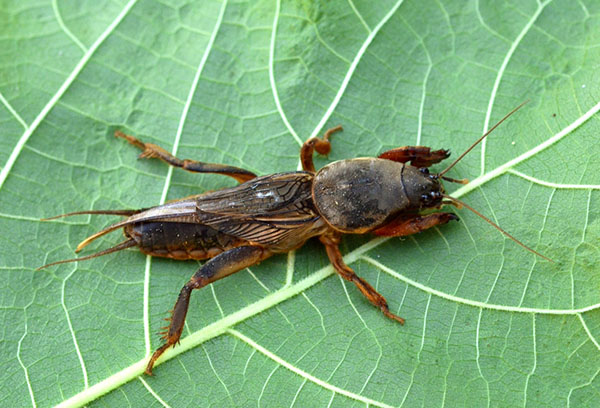
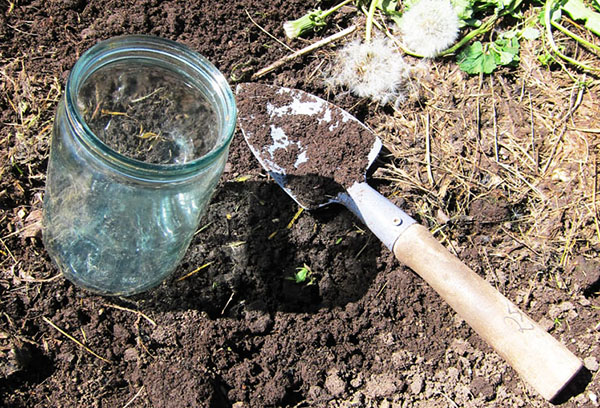
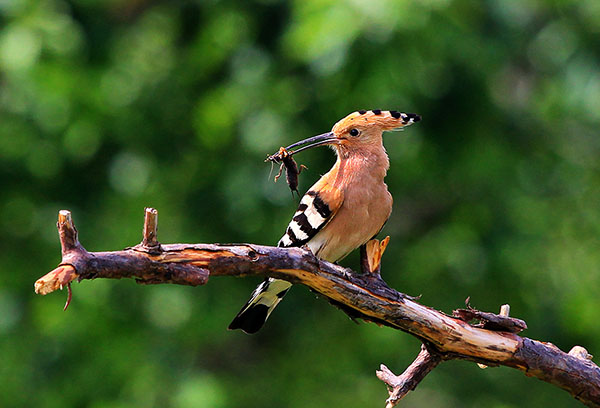
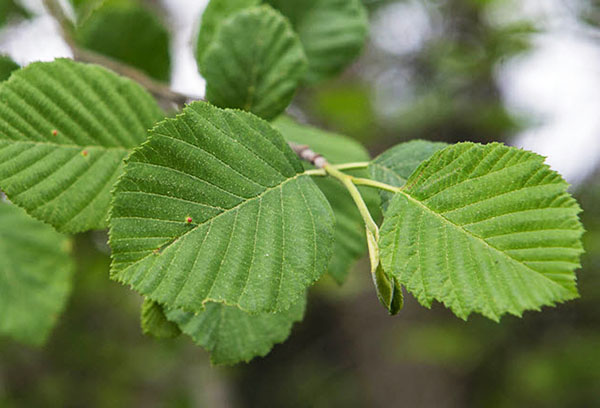
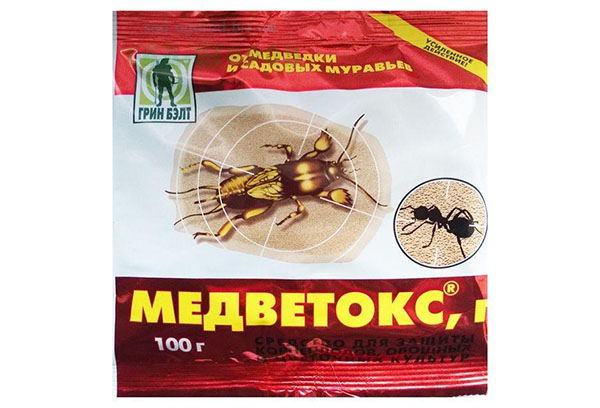
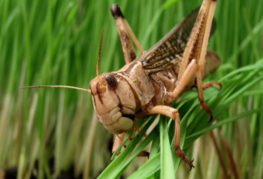
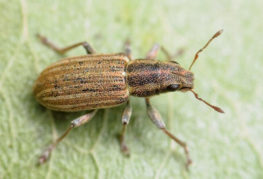
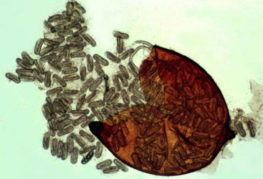
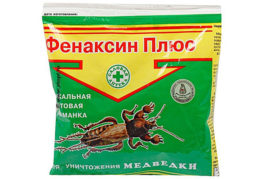
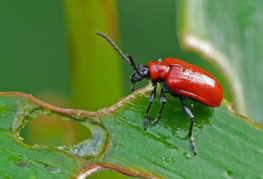
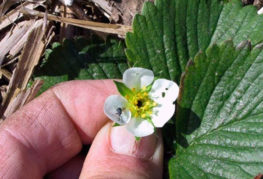
THE MOST INTERESTING WAY !!! LAST YEAR TESTED - PERFORMING EXCELLENT. MANY THANKS TO THE AUTHOR OF A SIMILAR METHOD OF FIGHTING WITH A BEARS.